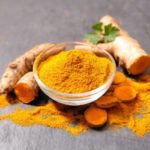Spices and herbs used in Asian and Western cuisines can differ greatly. Let’s explore the common herbs and spices used in these two culinary worlds with Bach Hoa XANH.
1. Herbs and Spices Commonly Used in Asian Cuisine
Chilli
Chilli is a familiar spice in Asian cuisine and adds a spicy kick to dishes. It also enhances the visual appeal of a dish with its vibrant colors. The heat from chillies can make a meal more flavorful and enticing.
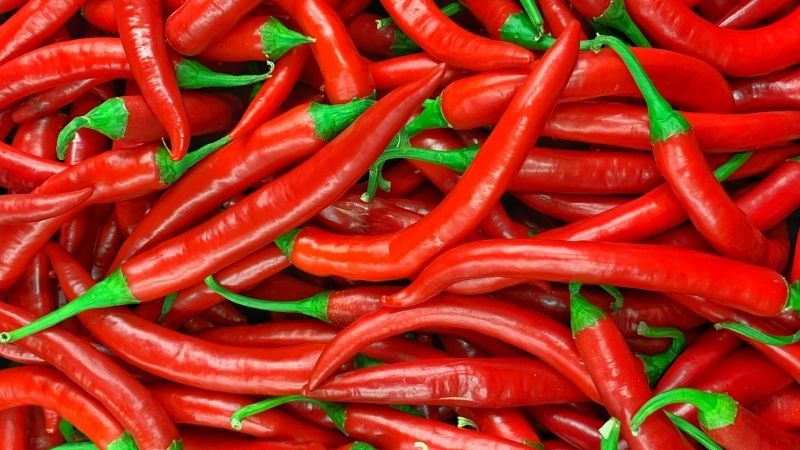 Chilli adds a spicy kick
Chilli adds a spicy kick
Ginger
Ginger is another common ingredient in Asian kitchens. It is used in various dishes across the continent, from Indian Assam fish curry to Japanese ginger pork. Ginger adds a subtle sweetness and a warming effect to the dish.
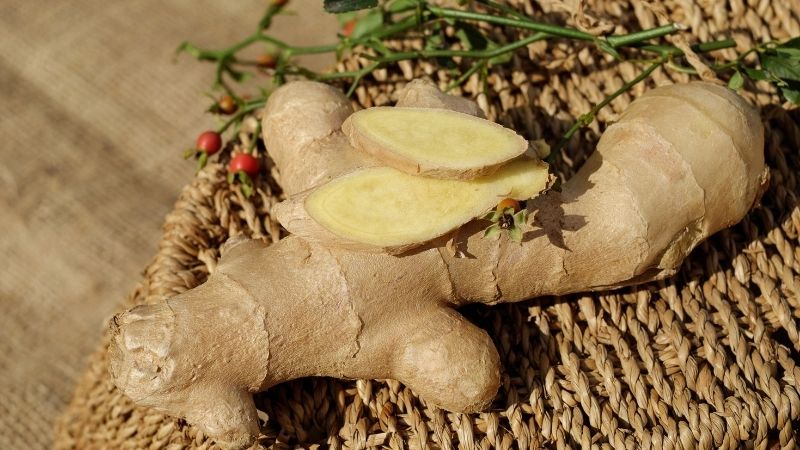 Ginger adds warmth to dishes
Ginger adds warmth to dishes
Cinnamon
Cinnamon is characterized by its distinctive aroma and is used in both savory and sweet dishes, as well as beverages, across Asia. The spice varies in flavor depending on its origin; Vietnamese cinnamon is slightly sweet and spicy, while Chinese cinnamon is hotter, and Indonesian cinnamon offers a balanced blend of flavors.
 Cinnamon has region-specific flavors
Cinnamon has region-specific flavors
Turmeric
Turmeric is an essential ingredient in famous dishes like Indian Satay sauce and Dahl, as well as Malaysian Rendang. In Vietnam, it is commonly used in the popular dish, “Caramelized Pork with Eggs,” and in everyday meals.
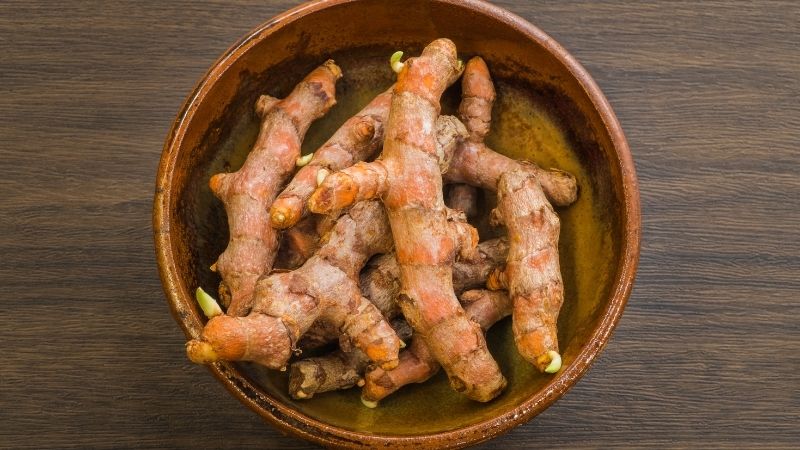 Turmeric is a staple in Asian cuisine
Turmeric is a staple in Asian cuisine
Star Anise
Star anise is a perfect match for meat dishes. In Asia, it is commonly used in Chinese braised chicken, Mango Biryani soup, Vegete Korma curry, and more.
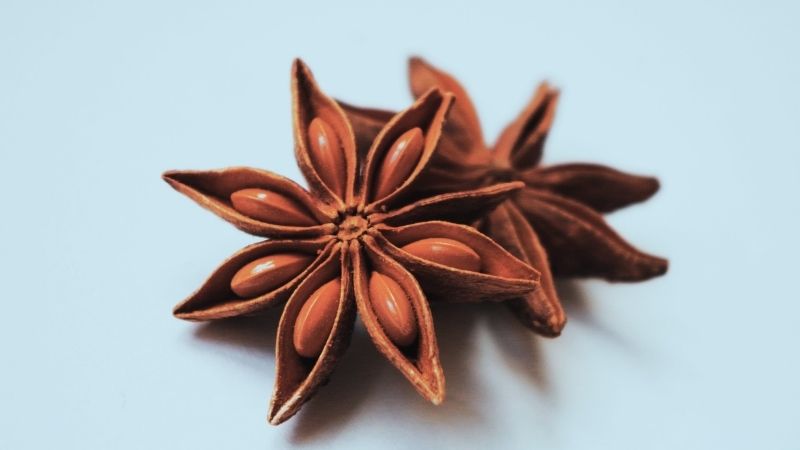 Star anise enhances meat dishes
Star anise enhances meat dishes
Saffron
Originating from Greece, saffron is an expensive spice known for its ability to enhance the flavor and visual appeal of a dish. It is also prized for its health benefits.
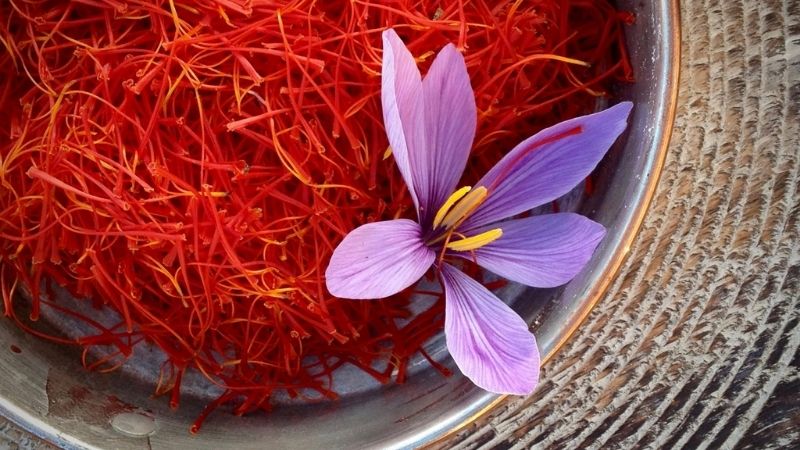 Saffron is a luxurious spice
Saffron is a luxurious spice
Egyptian Coriander
Coriander seeds are used to marinate meat, cook soups, and braise meat. They are also used in essential oils due to their strong aroma and unique flavor.
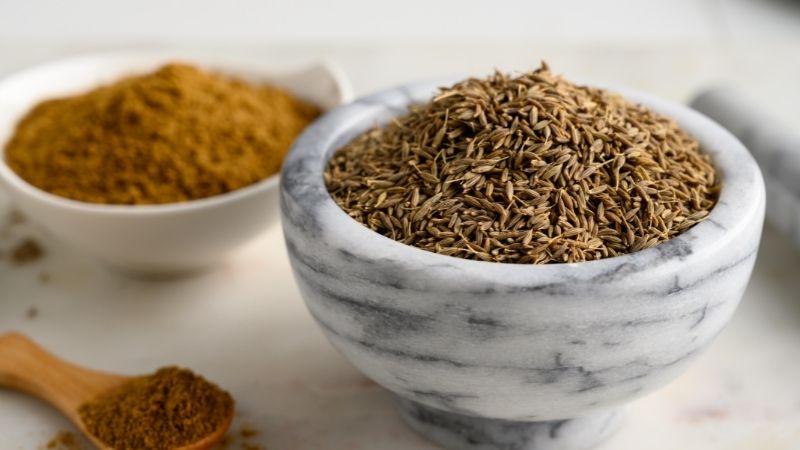 Egyptian Coriander seeds
Egyptian Coriander seeds
2. Herbs Commonly Used in Western Cuisine
Basil
Basil has a spicy, slightly pungent flavor with a hint of sweetness. There are over 60 varieties of basil worldwide, each with its unique characteristics. Besides flavoring dishes, basil offers health benefits like treating colds, protecting the heart, strengthening bones, and preventing hair loss.
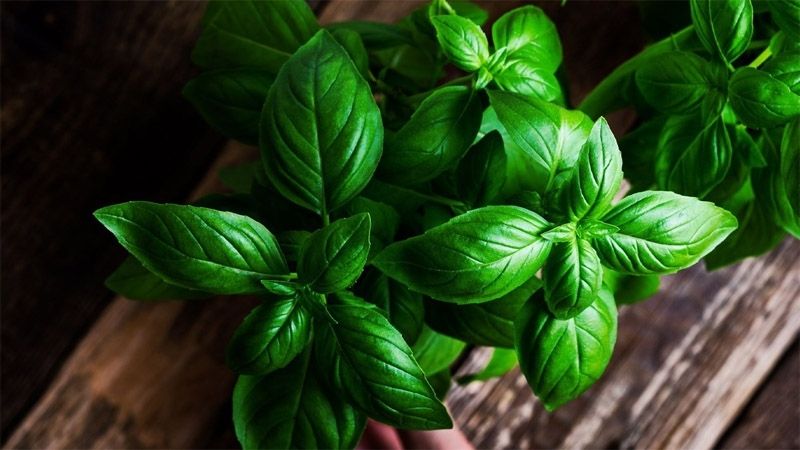 Basil has multiple health benefits
Basil has multiple health benefits
Oregano
Also known as hot mint, oregano has dark green leaves with a strong aroma and a sharp, slightly bitter taste. It not only enhances the flavor of dishes but also offers health benefits.
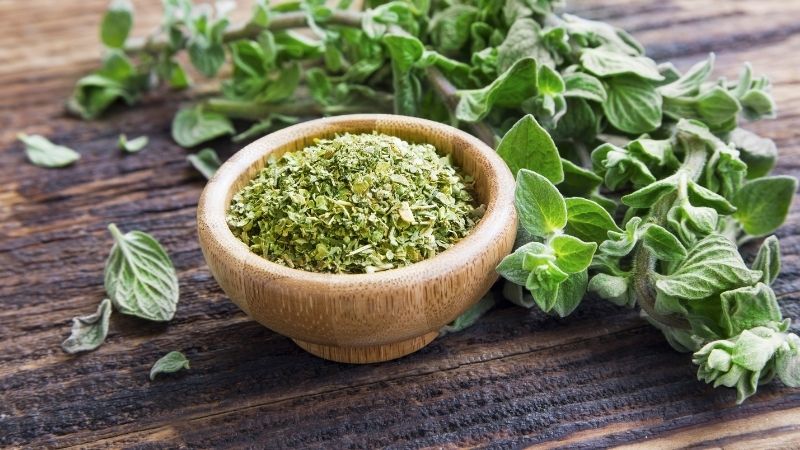 Oregano, or hot mint
Oregano, or hot mint
Rosemary
Rosemary is a Mediterranean herb with a woody stem and bitter-tasting leaves. Its fragrance is reminiscent of a blend of pine and lemon. It is commonly used in grilled dishes.
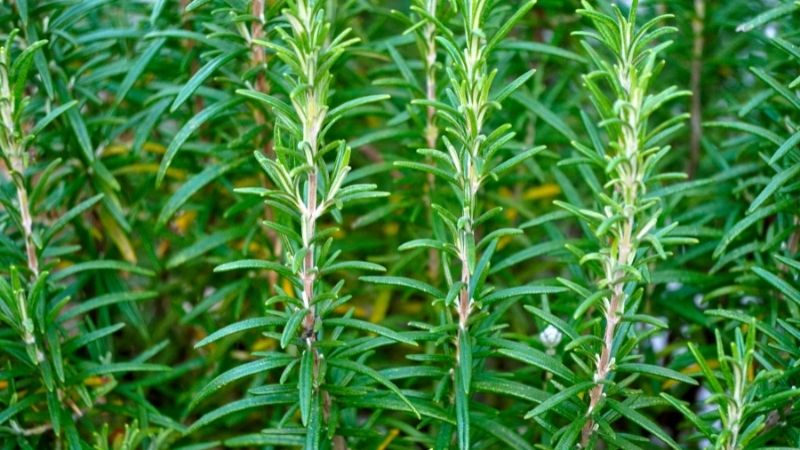 Rosemary is perfect for grilled dishes
Rosemary is perfect for grilled dishes
Sage
Sage is a member of the mint family, with small, gray-green leaves that have veins. Its flavor can vary depending on the type, ranging from slightly spicy to bitter.
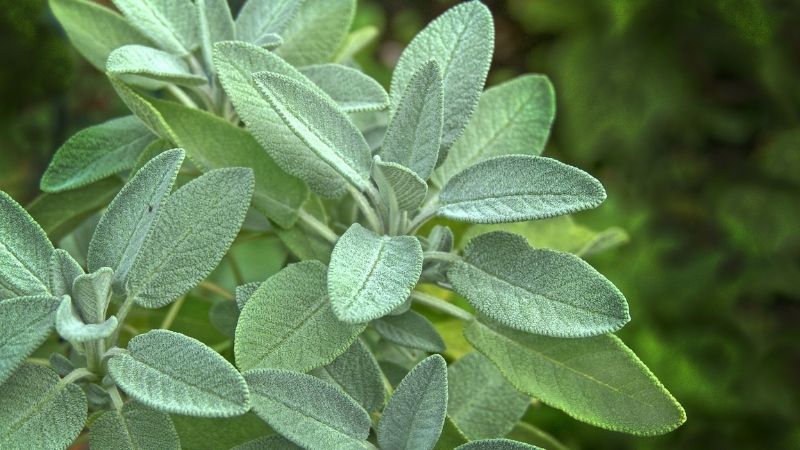 Sage, a versatile herb
Sage, a versatile herb
Thyme
Thyme has a mild, slightly sweet fragrance and small leaves. It is commonly used in Mediterranean, Italian, and French cuisine. In Vietnam, thyme is grown in Sapa and Da Lat.
 Thyme, a Mediterranean favorite
Thyme, a Mediterranean favorite
Bay Leaf
The bay leaf symbolizes power and fame, originating from the ancient world of Greece and Rome. In the past, bay leaves were woven into wreaths and worn to honor heroes. Today, they are commonly used in soups and stews.
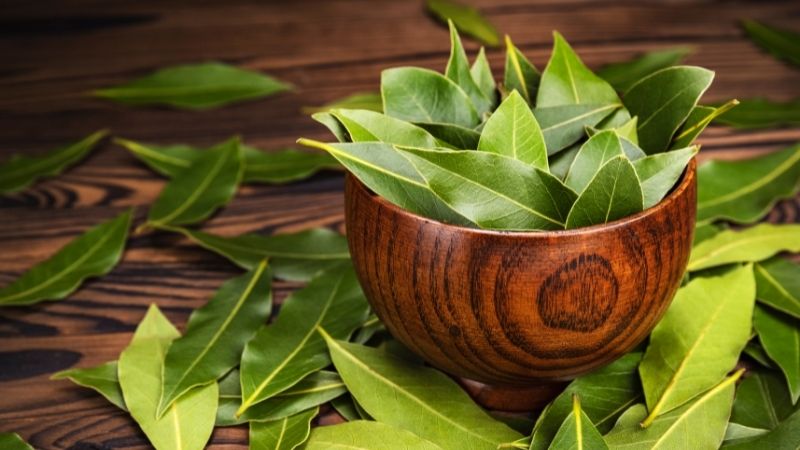 Bay leaves represent power and fame
Bay leaves represent power and fame
Mint
Mint is an aromatic herb with a refreshing scent. Its leaves are often used as a garnish for desserts or to flavor drinks. Mint also offers health benefits, such as boosting immunity and treating asthma.
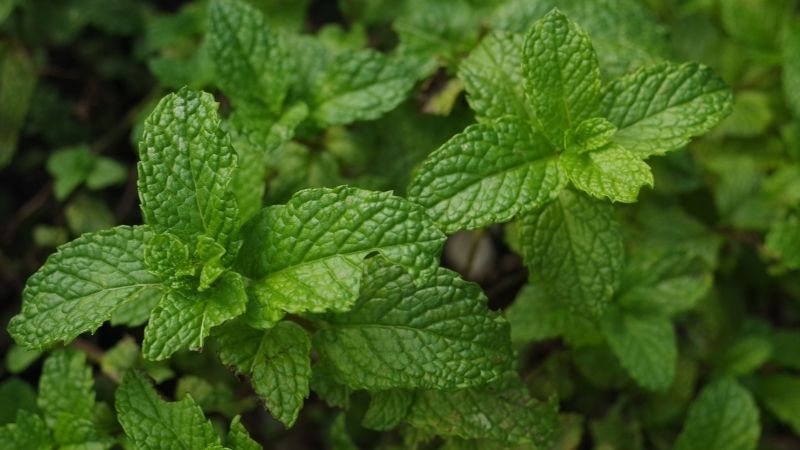 Mint, a refreshing herb
Mint, a refreshing herb




























